Windows 10 1511 Threshold 2 Update Removes Rollback Option
3 min. read
Published on
Read our disclosure page to find out how can you help Windows Report sustain the editorial team. Read more
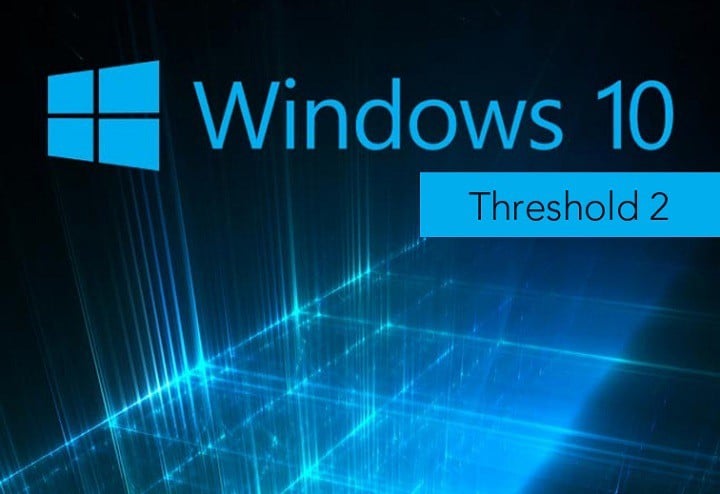
There’s a lot of fuss about the release of November Update for Windows 10 all around the internet. And indeed, the new update brings a lot of confusion and contradictory with itself. Besides some great features and improvements for Windows 10, there’s also a handful of bugs and unexplained actions users faced after they upgraded their systems.
Among the installation problems, deleted software, and delayed delivery, users are now reporting that they’re unable to roll back to the previous version of Windows, after they performed an update, because it looks like the update deleted the recovery partition.
At first, we thought it’s some kind of bug and we were looking for the fix, but after reading various opinions and reports all over the internet, it now looks like Microsoft did this on purpose. And the fact that the company didn’t deliver the update to users who installed Windows 10 less than a month ago only strengthens this theory. Namely, as you probably know, Microsoft decided to give users a time to decide whether they want to roll back to the previous version of Windows they were using, or stick with Windows 10 before it delivered the the update.
But some inpatient users who wanted to install the update right now probably ‘forced’ the update, and they’ve got an unpleasant surprise. Windows 10 no longer has a rollback option! This, along with Microsoft’s announcement about not delivering November Update to everyone, indirectly tells us: “You had your time to decide, now there’s no coming back.” Which means that Microsoft actually ‘warned’ us about this, when it said that, but no one actually understood the warning
On the other hand, some people say that Microsoft didn’t do this intentionally, as the update process deleted the rollback partition to free up some space for the update, and that if you have enough disk space, you want encounter this flaw. But, no one actually confirmed that freeing up some disk space will prevent Windows 10 from deleting the rollback partition, so we take this claim with a huge dose of reserve.
Now, let’s sup up the contradictory. First, Microsoft told us that we should threat Windows 10 as service, as the updates will be delivered regularly to us, but that wasn’t the case with November update, as some people still didn’t receive it. Next, we had an option to rollback Windows 10 to the previous version of Windows in under 31 days since its installation, which apparently isn’t the case anymore, because all Windows 10 users will eventually get Threshold update.
Even if you download an ISO file from Microsoft’s website, you’ll get build 10586, and not the RTM version that was released in July. And if removing rollback partition was indeed Microsoft’s intention, this means that once you choose to install Windows 10, you can’t rollback to the previous version anymore.
This is all we know for now, if Microsoft releases an official statement about removing a rollback partition, or some new reports appear, we will update the article. Until then, you can tell us your opinion about this situation in the comments.



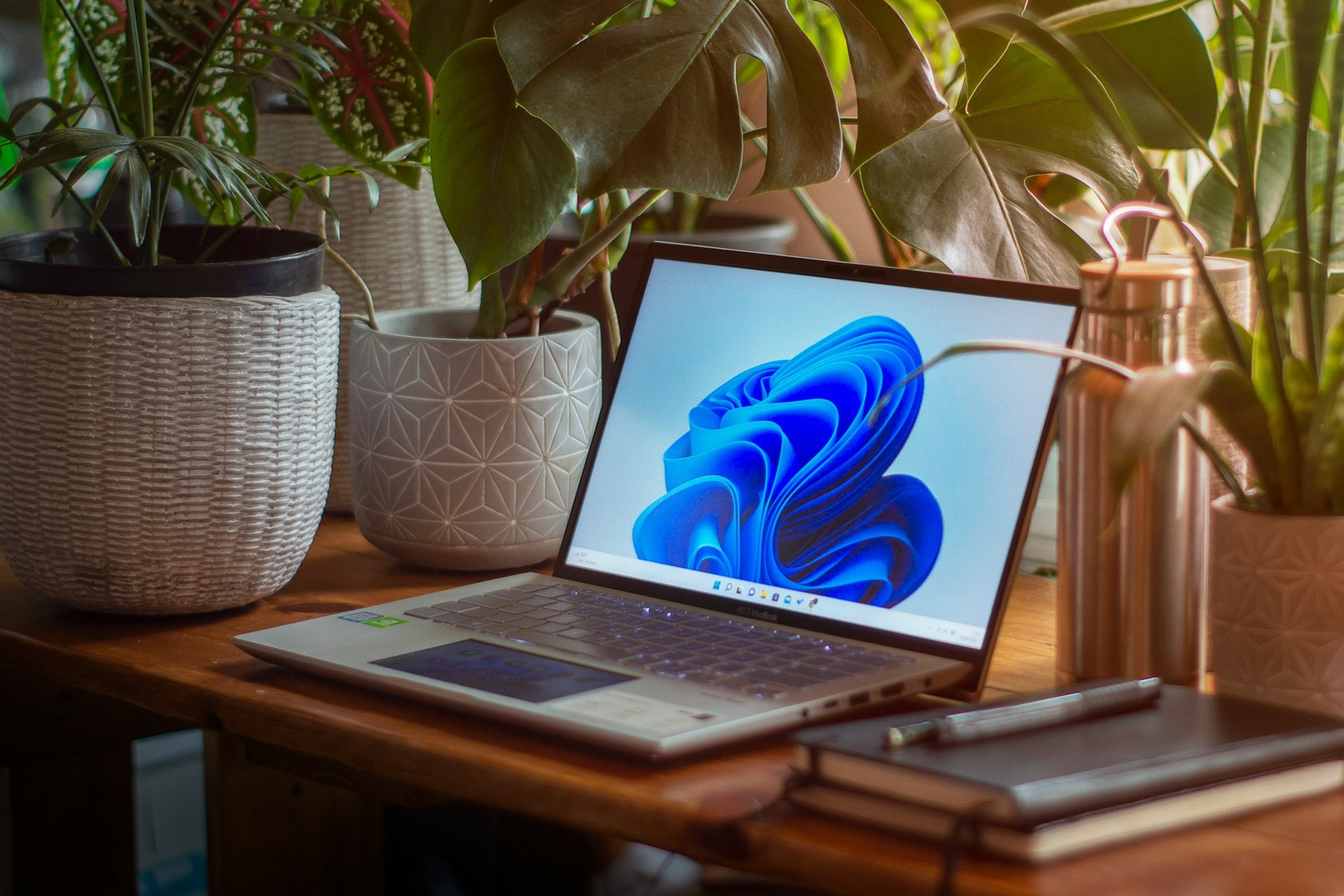
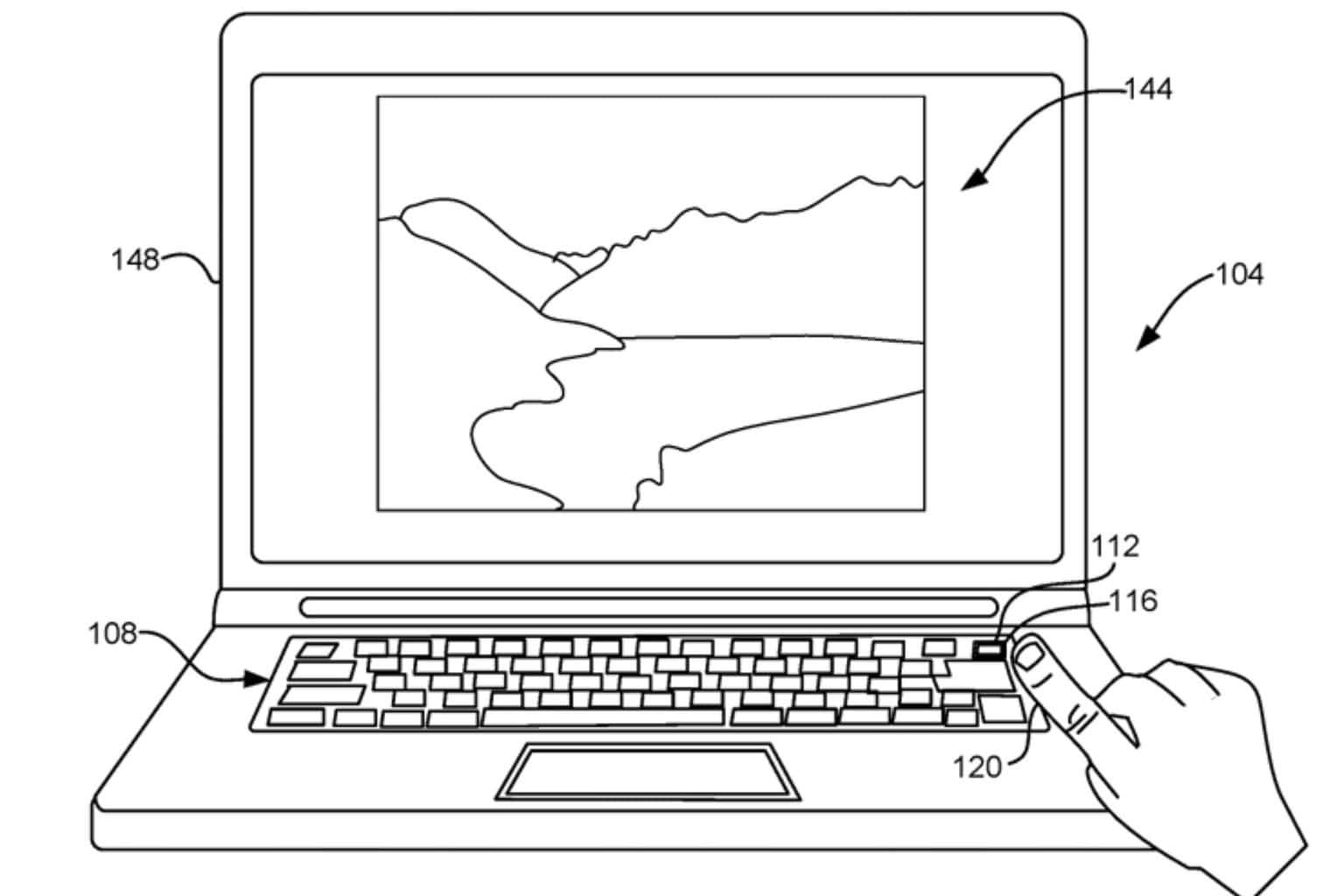

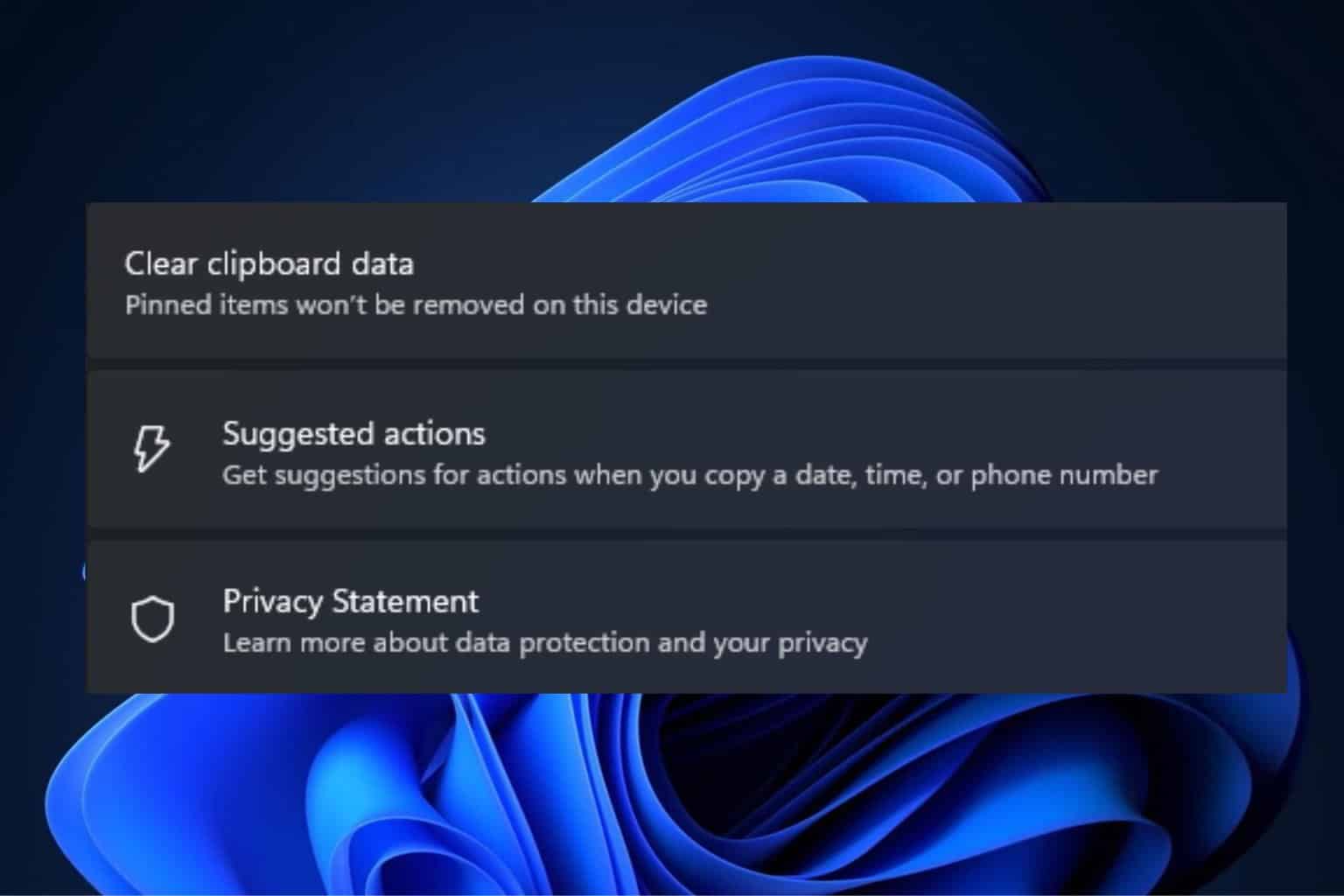
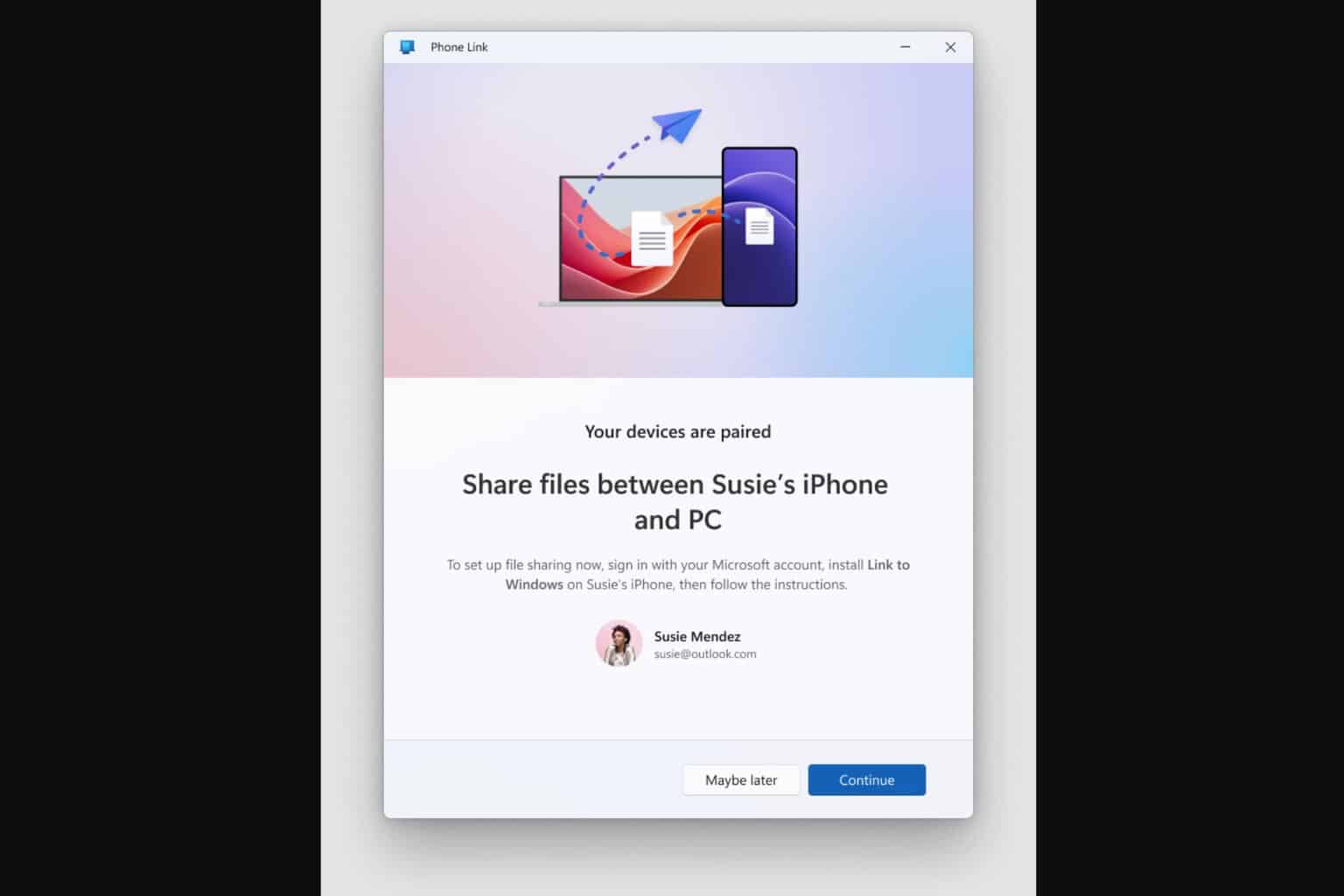
User forum
0 messages